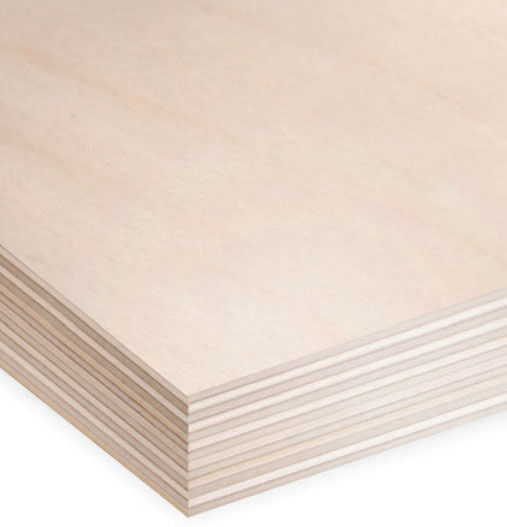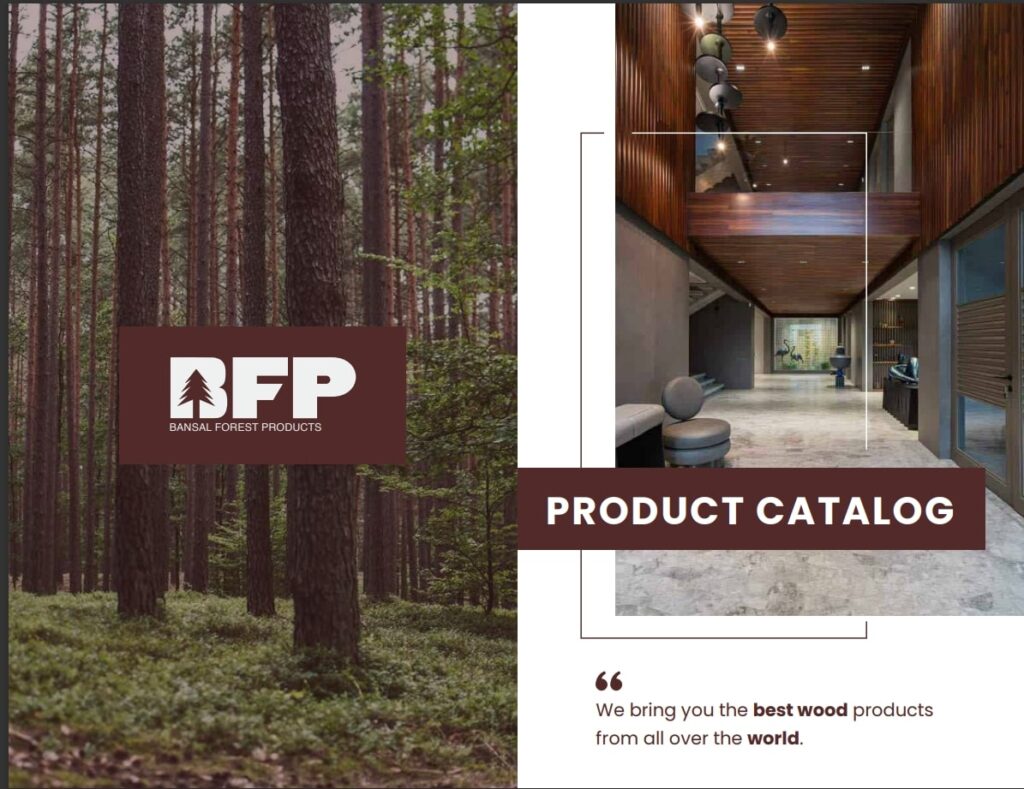Birch plywood, commonly known as Birch plywood, is a fantastic engineered wood product that is widely utilised in cabinets, fittings, and other creations. Birch plywood is favoured over poplar plywood for many applications because of its energy, durability, and visual appeal.
Russian Birch Ply is renowned for its exceptional quality and stable construction, making it one of the most popular varieties. We may examine the production process, benefits, size range, and comparison to ordinary plywood in this blog.
How Birch Ply is Made?
A couple of layers of birch veneer are used in the production process of birch plywood, and they may be bonded together under extreme heat and pressure. Birch plywood is often made entirely of birch veneers, as opposed to regular plywood, which may contain mixed wood species. Here is a detailed explanation of the steps involved in making birch plywood:
1. Sourcing the Birch Logs
Birch plywood is made from Baltic birch or Russian birch, sourced from regions like Russia and Northern Europe, wherein birch trees grow abundantly.
2. Peeling the Logs
The harvested birch logs are debarked and fed right into a rotary lathe, which peels them into thin veneer sheets.
3. Drying the Veneers
The veneers are then dried to the required moisture content to save you warping and ensure balance within the final product.
4. Layering and Gluing
Multiple veneer sheets are stacked in an abnormal variety of layers, with every layer’s grain going for walks perpendicular to the adjoining one. This move-grain production complements energy and stability.
5. Pressing and Bonding
The stacked veneers are bonded with the usage of first-rate adhesives, normally phenol-formaldehyde or urea-formaldehyde resin. The sheets are then pressed below intense heat and pressure to form a strong panel.
6. Trimming and Sanding
After pressing, the plywood sheets are trimmed to conventional sizes and sanded for an easy end.
7. Grading and Quality Control
Each panel is inspected and graded based on look and structural integrity. Higher grades have fewer knots and a uniform surface, making them best for fixtures and indoor packages.
Guide to Using Birch Ply
Birch plywood is versatile and may be utilized in a variety of programs. Here are some commonplace makes use of and pointers for operating with birch plywood:
- Furniture Making: Birch Plywood is extensively used in cabinetry, tables, and chairs due to its durability and excellent grain texture.
- Architectural Interiors: Birch Plywood is used for paneling, ceilings, and decorative factors in cutting-edge interiors.
- Flooring and Subflooring: Due to its strength, Birch Plywood serves as a terrific subflooring cloth.
- Boat Building: Its water-resistant editions are best for marine programs.
- Speaker Cabinets and Musical Instruments: High-grade Birch Plywood enhances sound and aesthetics.
Working with Birch Plywood
- Cutting: Use sharp saw blades to prevent chipping.
- Finishing: Birch Plywood takes stains and finishes well, enhancing its herbal grain.
- Joining: Strong adhesives and screws work nicely for joints, making sure of stability in fixtures and systems.
Is Birch Plywood Better Than Normal Plywood?
When evaluating birch plywood compared to traditional plywood, numerous elements come into play, along with durability, strength, and appearance. Here’s how Birch Plywood stands out:
| Feature | Birch Ply | Normal Plywood |
| Wood Type | 100% Birch Veneers | Mixed Softwood & Hardwood |
| Strength & Stability | High due to uniform layers | Less stable, may have voids inside |
| Surface Finish | Smooth, fine-grain, ideal for finishing | Rougher surface, may require extra finishing |
| Moisture Resistance | Higher resistance (especially Russian birch ply) | Varies based on type and adhesive |
| Durability | Highly durable | Moderate durability |
| Aesthetic Appeal | Attractive grain pattern | Less uniform grain |
| Cost | More expensive | More affordable |
Verdict
Birch plywood is superior in terms of durability, energy, and appearance, making it perfect for high-end furniture and creative initiatives. However, it’s miles greater and higher-priced than fashionable plywood, so it can no longer be the nice choice for price range initiatives.
Birch Ply Sizes and Thickness Options
Birch plywood is available in numerous thicknesses and sizes to fit distinctive packages. One of the most commonly used thicknesses is birch ply 18 mm, which is preferred for furniture, cabinetry, and floors. Here are the usual sizes available:
Common Thickness Options:
- 6mm—eal for lightweight systems and interior panels.
- 9mm—suitable for decorative elements and furniture backing.
- 12mm—ed for cabinetry and moderate load-bearing programs.
- 18mm—pular desire for furniture, tabletops, and structural packages.
- 24mm & 30mm—ed for heavy-duty packages, floors, and commercial uses.
Standard Sheet Sizes:
- 2440 mm x 1220 mm (8 ft x 4 ft)
- 1525 mm x 1525 mm (5 ft x 5 ft)
- Custom sizes to be had based totally on dealer
Difference Between Birch Plywood and Russian Birch Plywood
While both are brilliant birch plywood, Russian Birch Ply is taken into consideration as a top-class model. Here’s how they vary:
| Feature | Birch Plywood | Russian Birch Plywood |
| Source | General Birch Trees | Baltic or Russian Birch Trees |
| Veneer Quality | Varies based on manufacturer | Uniform, high-density veneers |
| Glue Type | Can be urea-formaldehyde | High-quality phenolic glue for better bonding |
| Durability | Durable | Extremely durable and void-free |
| Price | More affordable | More expensive due to higher quality |
Conclusion
Birch Plywood is an incredible desire for superb woodworking initiatives due to its strength, durability, and excellent grain look. Whether you’re deciding on 18mm birch ply for fixtures or considering Russian birch ply for top-class programs, it offers large advantages over ordinary plywood. While it’s far more expensive, the long-term benefits in energy and aesthetics make it a profitable investment.If you’re planning an undertaking that needs high performance and visual enchantment, Birch Plywood is certainly a top contender!


